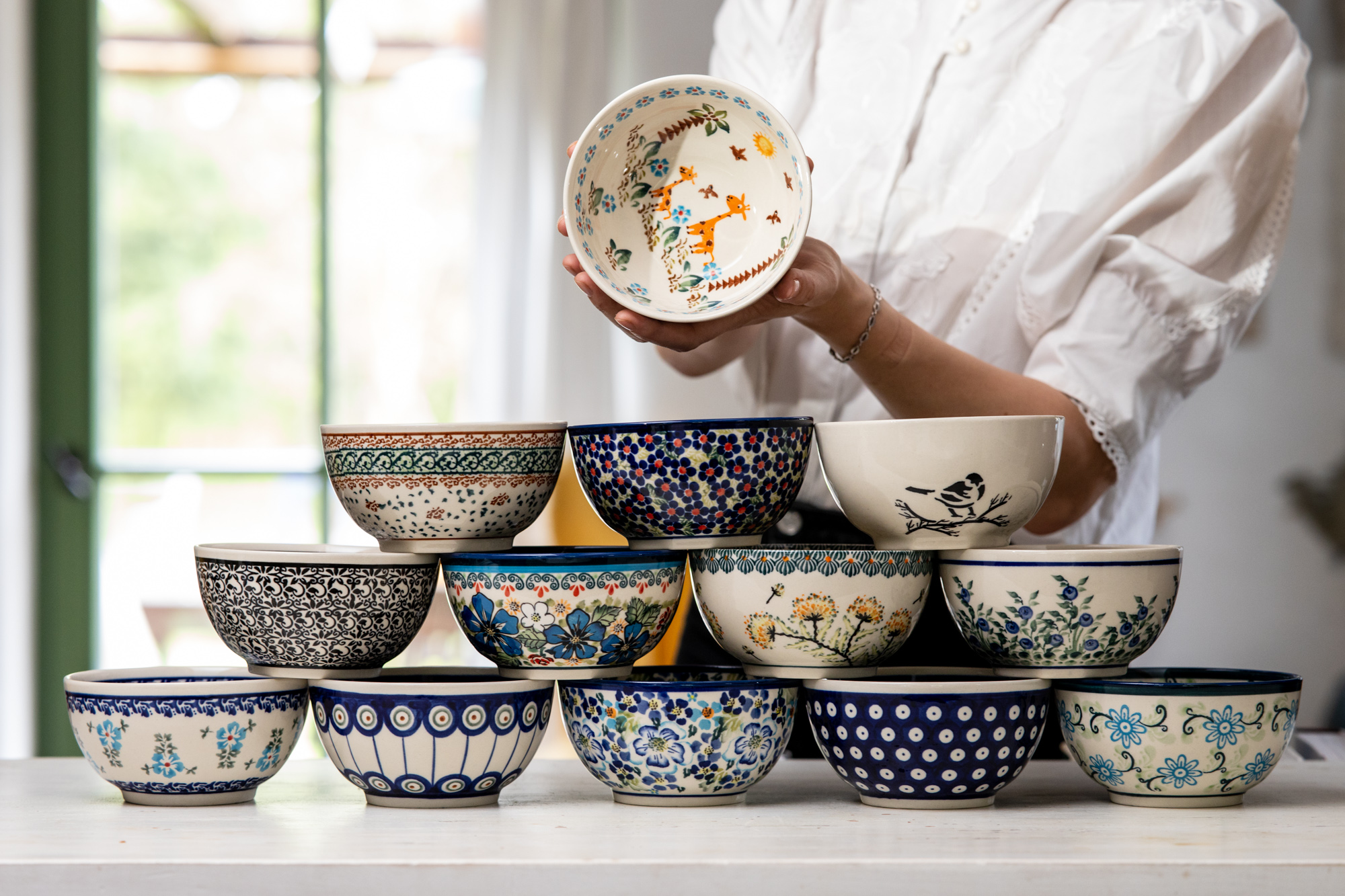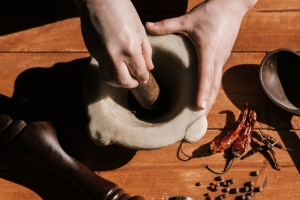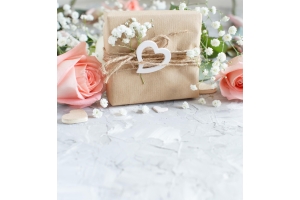Traditional Polish Pottery: The Symbolism Behind Its Intricate Designs and Patterns

Traditional Polish Pottery: The Symbolism Behind Its Intricate Designs and Patterns
Polish pottery is known for its intricate designs and patterns, but did you know that each one holds a deeper meaning? This article explores the fascinating history and symbolism behind these unique pieces of art.
The structure and patterns of Polish pottery are truly mesmerizing. The designs come in a variety of styles, from traditional to Unikat patterns, which are highly sought-after.
What makes these pieces captivating are the symbols and messages they carry. Floral motifs represent beauty and growth. On the other hand, geometric shapes symbolize harmony and balance. Each pattern has a unique story to tell.
Whether you are a collector or simply curious about the deeper meaning behind Polish pottery, join us on this journey as we uncover the symbolism behind Polish pottery designs.
Key Takeaways
- Polish pottery is known for its intricate designs and patterns, which convey deep meaning and symbolism.
- The history of Polish pottery dates back to around 6000 B.C. and has evolved over time with innovations in design and production techniques.
- Unikat patterns are one-of-a-kind creations that showcase the artist's signature style and technique.
- Symbols and motifs commonly found in Polish pottery include peacocks, roosters, wheat, flowers, circles, dots, and monstera leaves.
- Each symbol represents various aspects of Polish culture, folklore, and nature.
Brief History of Traditional Polish Pottery and Its Patterns
Polish pottery has a long, fascinating history that dates back to around 6000 B.C. It all started in the village of Boleslawiec, where farmers used to make pottery in their free time during cold seasons. Eventually, pottery became a commercial activity, and factories began mass-producing it.
The Polish pottery pieces from this era were unique in their design. Hand-made and hand-decorated with raised patterns, they quickly grew in popularity.
The 18th century saw significant innovations in both design and glazing techniques, including the production of items such as tea and coffee pots. Johann Gottlieb Altman significantly contributed to the industry by developing cost-effective, safer glazing methods.
Skilled potters hand-make and decorate both traditional and modern Polish pottery. They use white clay and fire it at high temperatures to create strong and smooth pieces that don't absorb liquids.
Today, modern potters continue to use traditional techniques and designs for their creations. They produce beautiful and durable pottery that is admired around the world.
Structure and Designs
Polish pottery is renowned for its intricate designs. Created using the punch technique, artisans apply small motifs soaked in paint onto the surface of the pottery. Each piece features up to a thousand motifs, making every design unique.
The colors used in Polish pottery carry deep symbolic meanings. They are also highly influenced by the individual preferences of the artisan.
These vibrant colors, such as royal blue, cobalt, red, and green, are steeped in Polish culture and heritage.
Polish pottery designs tell a story and reflect the artistic traditions that have been passed down through generations in Poland's Boleslawiec region. Exploring these hand-decorated pieces, you can be transported to a world of rich cultural heritage and vibrant colors.
Unikat Patterns
Respected around the world for its intricate patterns and unique designs, Polish pottery features a ceramic masterpiece for any occasion. Each piece is a work of art crafted with skill and precision by talented artists.
Unikat pieces are particularly fascinating, as they are one-of-a-kind creations that showcase the artist's signature style and technique.
These patterns tell captivating stories, filled with vibrant colors and intricate details that carry with them a deeper meaning. These meanings can range from ancient folklore to personal stories or historical events.
When you bring home a piece of Polish pottery with a Unikat pattern, you become part of a unique cultural narrative that stretches across generations.
From the artist's brush to your home, you can immerse yourself in a world of beauty and symbolism.
Difference Between Traditional and Unikat Patterns in Polish Pottery
When you buy a piece of Polish pottery with a Unikat pattern, you bring home something truly unique and special. Unikat designs are created with meticulous attention to detail by highly skilled artisans. This level of craftsmanship takes more time and effort, producing a one-of-its-kind result.
The difference between Unikat and traditional patterns lies in the level of complexity and creativity. Unikat patterns often contain special symbols that hold special meaning, showcasing the artistry and cultural heritage behind each piece.
In the category of traditional patterns, the designs are typically more standardized and simpler compared to Unikat pottery. This is because traditional pottery is made using different methods and takes less time.
The complexity of Unikat pottery comes from the artist's skill and the extra time they put into creating more elaborate designs.
Every piece of Polish Pottery has a stamp that says "Hand-made in Poland" on the bottom. Unikat pieces are signed by individual artists and always have the label "UNIKAT."
Unikat pieces are also more expensive than traditional pieces.
Nonetheless, both traditional and Unikat pottery showcase the creativity and talent of Polish artisans.
Designs and Their Symbolisms
Each distinct design in Polish pottery carries a deeper meaning that reflects different aspects of Polish culture and history.
These symbols are critical elements of the eye-catching compositions that make Polish pottery so unique and valuable.
Understanding the symbolism behind these designs is a gateway to gaining a greater appreciation for the craftsmanship and artistry that goes into each piece of pottery.
Peacocks/Peacock Eyes
Peacocks are believed to carry messages of luck and fortune. The peacock's beauty and pride are symbolized on pottery pieces with vibrant colors like royal blue coupled with elaborate patterns.
Polish folklore holds that the peacock is a messenger of the gods, and its feathers never fade or deteriorate. Therefore, these feathers represent physical beauty and immortality.
Conversely, the peacock is seen as a symbol of luck, beauty, and eternal elegance.
Many people are captivated by the regal aura of peacocks on Polish pottery. The intricate mosaic of feathers and the bird's details create a stunning effect.
Rooster
The rooster is a symbol of courage, vitality, bravery, and resilience. In Polish folklore, it was revered as a protector of the home and believed to bring good luck and ward off evil spirits.
The rooster is artfully represented in Polish pottery, with its feathers fluffed up, symbolizing its strength and vitality. The complex patterns and vibrant colors used in these designs further enhance the symbolic significance of the rooster.
Wheat
The Wheat motif is a traditional and timeless symbol of harvest and success. Its beauty lies in its simple elegance, with delicate wheat stalks gracefully adorning plates, bowls, and other ceramic pieces.
The motif is a reminder of nature's bounty and appreciation of the abundance that surrounds us.
The Wheat design brings a touch of tradition and warmth to any home or gathering. Its white background and golden wheat stalks evoke feelings of abundance and prosperity.
Flowers
Vibrant floral designs are common Polish pottery patterns. Each flower has a unique meaning that conveys a special message.
These floral motifs add an extra layer of beauty to every piece, from roses representing love to sunflowers symbolizing strength. Every bloom is carefully chosen and placed to illustrate its specific message.
In Polish folklore, flowers were even believed to possess healing powers, making them not only visually stunning but also spiritually significant. They are symbols of love, beauty, and prosperity that have the power to make any room feel alive.
Pansies
Being Poland's floral emblem, pansies are one of the most common designs in Polish pottery. Pansies are often associated with thoughts of love, remembrance, and admiration.
The colorful and lively appearance of pansies adds a cheerful and vibrant touch to the pottery pieces.
It is believed that having pansy motifs on Polish pottery brings positive energy and happiness to the owner. Additionally, pansies symbolize creativity and free-spiritedness, making them a beloved choice for pottery decoration.
Circles and Dots
Circles are a symbol of unity and continuity, representing the ever-changing nature of life. To the Polish, they remind us of the interconnectedness of everything, forming a harmonious whole.
Dots add an attractive detail to the pattern. In folklore, they are believed to be the stars in the sky or drops of rain, symbolizing growth and abundance.
Combined with circles, dots create a beautiful tapestry of balance and unity.
Each dot and circle has its own significance, but together, they tell a story of harmony and interconnectedness.
Monstera
Monstera is another motif commonly found in Polish pottery. This plant, known for its unique and distinctive appearance, symbolizes growth, abundance, and prosperity. It is often associated with tropical beauty and the lushness of nature.
The use of monstera motifs in Polish pottery reflects a desire to connect with nature and create a vibrant and lively atmosphere. The monstera leaf is also believed to bring good fortune and positive energy to the home.
Having monstera motifs on Polish pottery can add a touch of tropical charm and a sense of flourishing abundance to any space.
Conclusion
Polish pottery is more than just a decorative item. It is an art form with rich symbolism and meaning woven into its design. Its intricate patterns and vibrant colors tell a unique story, with each piece carrying cultural significance.
From floral motifs symbolizing beauty and growth to geometric designs representing harmony and balance, these pieces of pottery are a great way to appreciate the artistry of Polish culture.
Take some time to admire the craftsmanship of Polish pottery. Its intricate patterns and vibrant colors are a testament to the skill of its creators. It is aesthetically pleasing, and the symbolism behind each design gives it a special meaning.
Whether it's a floral motif or geometric design, the symbolism behind Polish pottery makes it a unique piece of art. Appreciate its beauty, and be sure to take the time to understand the cultural significance of each piece!











Validate your login
Sign In
Create New Account